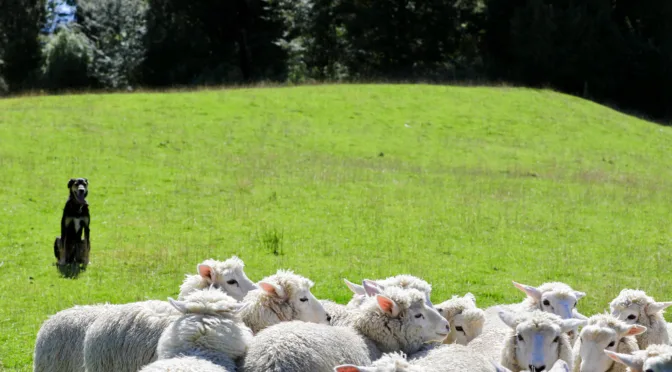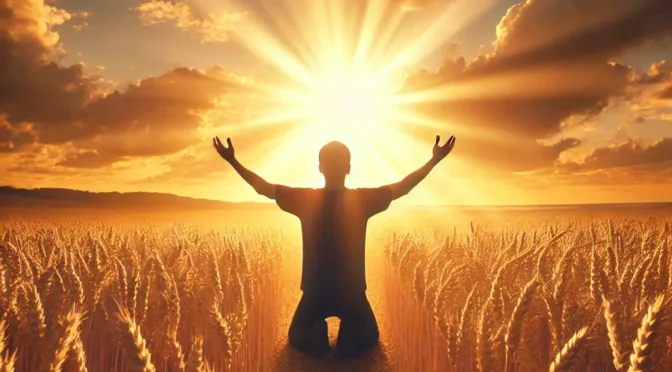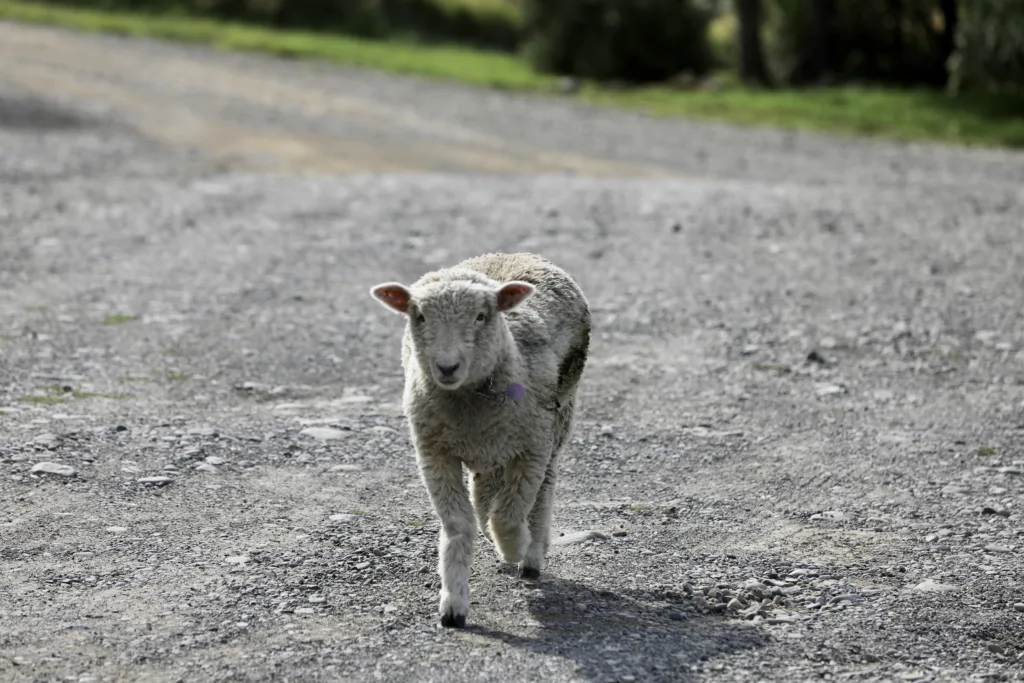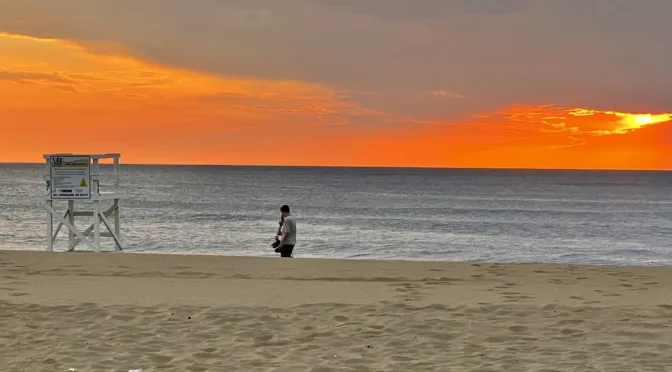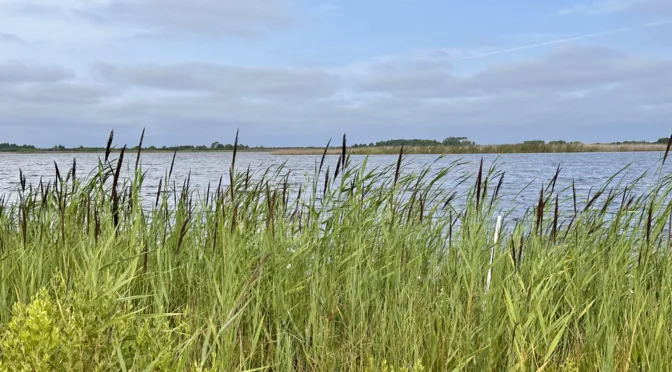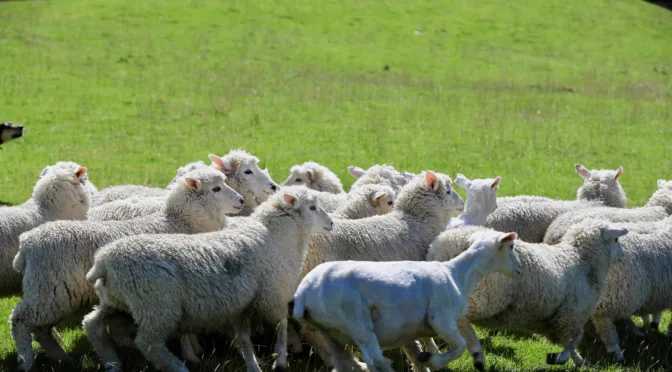Life is full of challenges, and as Christians, we are not exempt from experiencing difficulties. Whether you face financial struggles, illness, loss, relationship conflicts, or overwhelming stress, God’s Word provides comfort and guidance through it all. While it may seem like these trials have no purpose, Scripture reminds us that our afflictions are often blessings in disguise, refining us and drawing us closer to God.
Common Afflictions and the Scriptures That Help
In today’s world, many face hardships that can weigh them down, but God’s promises are timeless and unchanging. Let’s explore some common afflictions and the specific scriptures that offer hope and encouragement.
1. Financial Struggles
Money issues can cause a lot of stress, but the Bible assures us that God will provide. When financial burdens seem overwhelming, remember Philippians 4:19:
“And my God will meet all your needs according to the riches of his glory in Christ Jesus.”
Even when resources are scarce, trust that God is faithful. He knows your needs and promises to supply them in His perfect timing.
2. Illness and Sickness
When illness strikes, it can challenge your faith. But God is with you in sickness, offering both healing and comfort. James 5:14-15 reminds us of the power of prayer and faith in these moments:
“Is anyone among you sick? Let them call the elders of the church to pray over them and anoint them with oil in the name of the Lord. And the prayer offered in faith will make the sick person well; the Lord will raise them up.”
God is our Healer, whether He chooses to work through medical treatments or divine intervention.
3. Loss and Grief
Loss and grief can leave us feeling broken, but God is near to the brokenhearted. Psalm 34:18 offers a promise of God’s comforting presence:
“The Lord is close to the brokenhearted and saves those who are crushed in spirit.”
Even in the deepest pain, God stands with you, offering peace that surpasses understanding.
4. Relationship Struggles
Conflict in relationships can feel heavy and stressful, but God calls us to seek peace. Romans 12:18 urges us:
“If it is possible, as far as it depends on you, live at peace with everyone.”
While reconciliation may take time, God gives us the grace to pursue peace and trust Him with the outcome.
5. Stress and Anxiety
6. Loneliness and Isolation
Loneliness can creep in during seasons of isolation, but God’s presence never leaves us. Isaiah 41:10 gives this powerful promise:
“So do not fear, for I am with you; do not be dismayed, for I am your God. I will strengthen you and help you; I will uphold you with my righteous right hand.”
Even when you feel alone, God is with you, upholding you and giving you strength.
How Affliction Produces Growth
In these moments of testing, it’s easy to question God’s purpose. But trials are meant to refine us, making our faith stronger. As Job experienced great suffering, he came to realize:
“But He knows the way that I take; when He has tested me, I will come forth as gold.” (Job 23:10)
Just like gold is refined in the fire, our faith is purified through the trials we endure. We may not understand why we go through certain hardships, but we can trust that God is working in us, producing something far more valuable than gold.
The Apostle Paul reminds us that afflictions are temporary, but they have eternal significance. In 2 Corinthians 4:17, he writes:
“For our light and momentary troubles are achieving for us an eternal glory that far outweighs them all.”
Though the weight of today’s struggles feels heavy, the eternal rewards far outweigh the pain we currently endure.
Rejoicing in Tribulation
It may seem counterintuitive, but Scripture calls us to rejoice in our sufferings. Romans 5:3 encourages us:
“Not only so, but we also glory in our sufferings, because we know that suffering produces perseverance; perseverance, character; and character, hope.”
God uses tribulation to build perseverance and character, which in turn deepens our hope in Him. This hope is not wishful thinking, but a confident expectation that God will fulfill His promises.
James 1:2-3 also reminds us of the joy that can be found in testing:
“Consider it pure joy, my brothers and sisters, whenever you face trials of many kinds, because you know that the testing of your faith produces perseverance.”
Though trials are painful, they are also an opportunity to experience God’s presence in a profound way.
Endure With Patience
While you wait for relief, it’s essential to hold on to patience. Patience isn’t passive—it’s an active trust in God’s timing. Hebrews 10:36 says:
“You need to persevere so that when you have done the will of God, you will receive what he has promised.”
Patience in trials is a mark of maturity and faith. As you endure, remember that God is with you every step of the way, strengthening and sustaining you.
Conclusion: Trust in God’s Faithfulness
In the midst of affliction, you are not alone. God is with you, and He is using your trials to refine you and draw you closer to Him. As 1 Peter 1:6-7 reminds us, these trials are temporary, but their results are eternal:
“In all this you greatly rejoice, though now for a little while you may have had to suffer grief in all kinds of trials. These have come so that the proven genuineness of your faith—of greater worth than gold, which perishes even though refined by fire—may result in praise, glory and honor when Jesus Christ is revealed.”
Take heart, Beloved. Your testing has a purpose, and God is working all things for your good (Romans 8:28). Trust Him in the process, and you will come through refined, strengthened, and filled with hope.

